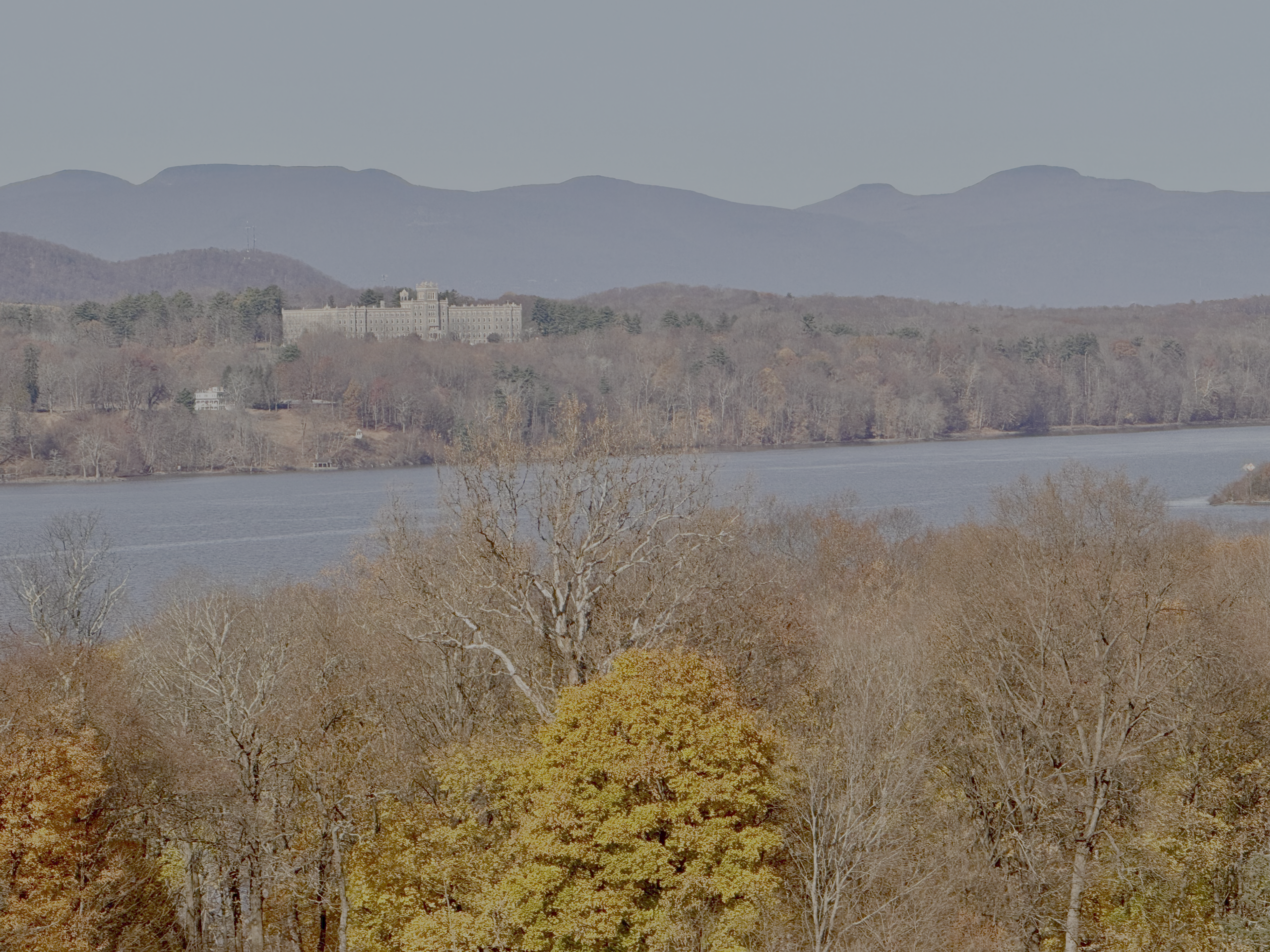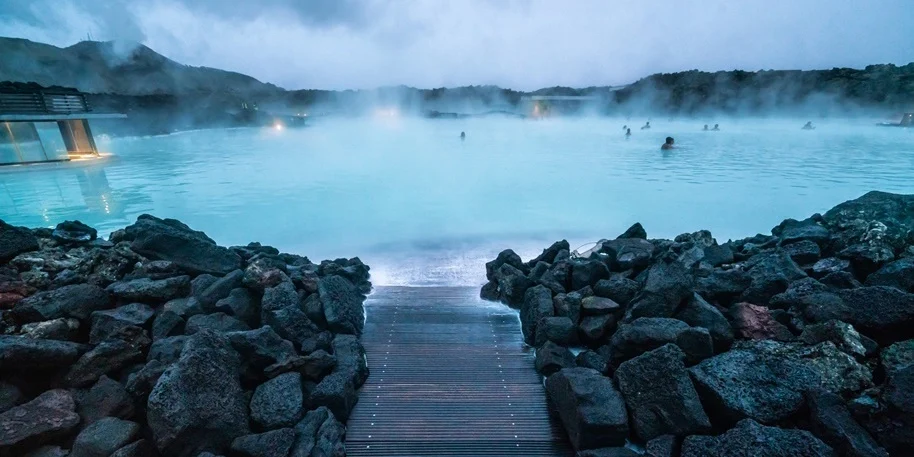
Wind power, once hailed as a clean and sustainable energy solution, has faced increasing scrutiny and criticism in recent years. As governments and energy companies push for greater adoption of wind energy, both onshore and offshore, a number of compelling arguments have emerged challenging its efficacy and environmental impact. Critics point to issues such as unreliability, environmental damage, and economic inefficiency. This post will explore the main arguments against wind power, examining both onshore and offshore installations, to provide a balanced view of the controversies surrounding this renewable energy source.


Environmental Impacts
While wind turbines don’t emit greenhouse gases during operation, their environmental footprint is far from negligible. The construction and installation of wind farms have significant impacts on the surrounding landscape and ecosystems.
Visual Pollution
Wind turbines are massive structures that can dramatically alter the visual landscape. Modern turbines can reach heights of over 150 meters, with blades spanning up to 80 meters. These imposing structures often dominate skylines, particularly in rural and coastal areas, disrupting natural vistas and potentially affecting tourism in scenic locations.
Noise Pollution
The operation of wind turbines generates both audible noise and low-frequency infrasound. While the industry claims that modern turbines are quieter, many residents living near wind farms report persistent noise disturbances. This constant noise can lead to sleep disturbances, headaches, and other health issues for nearby communities.
Habitat Destruction
The construction of wind farms requires extensive land use, often leading to habitat fragmentation and destruction. Access roads, turbine foundations, and transmission lines all contribute to the alteration of natural habitats. In offshore installations, the disturbance of the seafloor can increase turbidity, affecting marine ecosystems and plankton in the water column.
Carbon Footprint of Manufacturing
While wind turbines produce clean energy during operation, the manufacturing process is not carbon-neutral. The production of steel, concrete, and composite materials for turbines involves significant energy consumption and carbon emissions. Additionally, the transportation and installation of these massive components further contribute to the carbon footprint of wind energy projects.

Wildlife Concerns
The impact of wind turbines on wildlife, particularly birds and bats, has been a growing concern among conservationists and researchers.
Bird Fatalities
Wind turbines pose a significant threat to avian populations. Birds face the risk of death from direct collisions with turbine blades and towers. While the total number of bird fatalities from wind turbines may be lower compared to other anthropogenic sources, certain species, particularly raptors like golden eagles, are disproportionately affected.
Bat Populations at Risk
Bats are particularly vulnerable to wind turbines, not just from direct collisions but also due to barotrauma – a condition caused by rapid air pressure changes near turbine blades. Some bat species have experienced population declines that coincide with the expansion of wind energy facilities.
Disruption of Migration Patterns
Wind farms can act as barriers to migratory birds and bats, forcing them to alter their traditional routes. This displacement can lead to increased energy expenditure during migration and potentially affect breeding success.
Marine Life Disturbance
Offshore wind farms pose unique challenges to marine ecosystems. The noise from construction, particularly pile-driving activities, can be harmful to marine mammals, including endangered whale species. The electromagnetic fields generated by undersea cables may also affect the behavior and navigation of certain marine species.


Quality of Life Issues
The impact of wind energy projects extends beyond environmental concerns, affecting the quality of life for nearby residents.
Noise and Vibration
As mentioned earlier, the constant noise and vibration from wind turbines can significantly impact the well-being of nearby residents. Some people report symptoms such as headaches, dizziness, and sleep disturbances, collectively known as “Wind Turbine Syndrome”.
Shadow Flicker
The rotating blades of wind turbines can cast moving shadows, creating a flickering effect that can be disruptive to nearby residents. This phenomenon, known as shadow flicker, can cause annoyance and, in some cases, trigger health issues like migraines or epileptic seizures in susceptible individuals.
Property Value Depreciation
The presence of wind farms can negatively impact property values in surrounding areas. Homes near wind turbines often experience a decrease in market value due to the visual impact, noise, and potential health concerns associated with proximity to these installations.
Aesthetic Changes to Landscapes
Wind farms fundamentally alter the character of landscapes, particularly in rural and coastal areas. This transformation can lead to a loss of cultural and historical significance in certain regions, affecting community identity and potentially impacting tourism.

Economic Considerations
While proponents argue that wind energy is becoming increasingly cost-competitive, several economic factors challenge its viability as a sustainable energy solution.
High Costs of Installation and Maintenance
Despite decreasing costs over the years, wind energy projects still require significant upfront investment. The average installed cost for land-based wind projects in 2022 was $1,370/kW. Ongoing maintenance, particularly for offshore installations, adds to the long-term costs of wind energy production.
Intermittency and Grid Integration
One of the major challenges of wind energy is its intermittent nature. Wind doesn’t blow consistently, leading to fluctuations in power generation. This variability necessitates backup power sources, often fossil fuel-based, to ensure grid stability. The costs associated with grid integration and energy storage solutions further add to the overall expense of wind energy.
Impact on Local Economies
While wind energy projects create some jobs during construction, the long-term employment opportunities are limited. Moreover, the presence of wind farms can negatively impact other sectors of local economies, particularly tourism in scenic areas.

Alternatives to Wind Energy
Given the numerous drawbacks of wind energy, it’s crucial to consider alternative solutions that may offer more sustainable paths to clean energy production.
Solar Power Advancements
Solar energy technology has seen significant advancements in recent years, with improving efficiency and decreasing costs. Unlike wind turbines, solar panels have a smaller physical footprint and can be more easily integrated into urban environments and existing structures.
Nuclear Energy
Despite controversies, nuclear energy remains one of the most efficient and low-emission sources of baseload power. Modern nuclear technologies, including small modular reactors, offer improved safety and reduced waste compared to older designs.
Hydroelectric and Geothermal Options
Depending on geographical locations, hydroelectric and geothermal energy can provide reliable, clean energy with less impact on wildlife and landscapes compared to wind farms.
Energy Efficiency and Conservation
Often overlooked, improving energy efficiency and promoting conservation measures can significantly reduce overall energy demand, potentially obviating the need for extensive new energy projects.


While wind energy has been promoted as a key solution in the transition to clean energy, its negative impacts on the environment, wildlife, and human communities cannot be ignored. The visual and noise pollution, habitat destruction, wildlife fatalities, and quality of life issues associated with wind farms raise serious questions about their long-term sustainability. As we strive to address the urgent challenge of climate change, it’s crucial to critically evaluate all potential solutions. Wind energy, despite its apparent benefits, comes with significant drawbacks that may outweigh its advantages in many scenarios. Instead of rushing to blanket our landscapes with wind turbines, we should focus on a diversified approach to clean energy, emphasizing solutions that minimize environmental impact and maximize efficiency. The path to a sustainable energy future requires careful consideration of all options, their impacts, and their long-term viability. By fostering open dialogue, supporting diverse research, and prioritizing truly sustainable solutions, we can work towards an energy landscape that balances environmental protection, wildlife conservation, and human well-being.
post a comment cancel reply
You must be logged in to post a comment.









